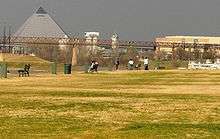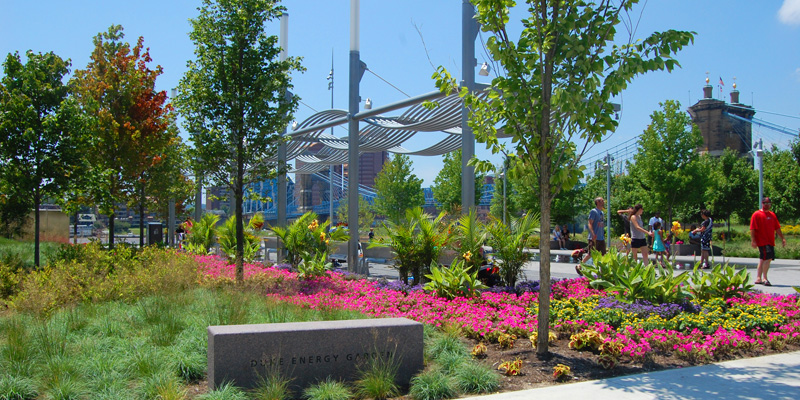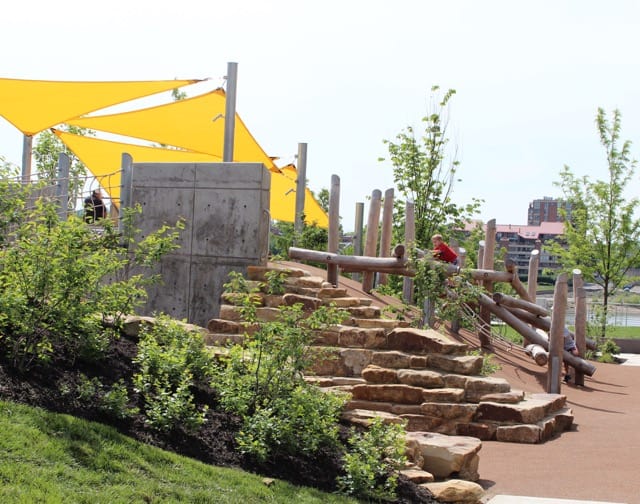Note: There was a timely editorial in the New York Times a few days ago about the poisoning of our information system and the proliferation of conspiracies, false information and platforms unequipped to do anything but contribute to it. That said, we can’t blame it all on algorithms and social media because so often the grist for the mill is being supplied by the public.
Often, in this world, anyone who can string together a bunch of supposed facts is treated as an authority by people eager to have their own conspiracy theories buttressed and supported. I have personal experience for how it works because I’ve been mentioned in a few social media posts that lie about my work and the division that exists between that work and this blog and my online comments. While the truth often does not deter those who would rather believe the latest smear and fake fact, I want to say something I’ve said several times in recent weeks: my opinions aren’t for sale.
That may be a different business model from some people doing similar work, and who write blogs, comment online, and tweet after being paid by clients, but that is not mine. For the record, not a single one of the more than 3,500 blog posts written here over the past 14 years has been sponsored or written in return for payment. The unvarnished opinions in Smart City Memphis blog posts are solely mine and if they are not, it is indicated by someone else’s byline. No one knows what I am writing about ahead of the posts (sometimes I don’t even know myself until my fingers touch the keyboard), no one reads them in advance of their publication, and no one has the power to edit them. That same independence applies to my comments online as well.
It may not be smart business from a revenue point of view, but it is the decision I made in 2005 when I began this blog. My thinking was that blog posts, in order to have credibility, could not be bought and paid for by anyone. The motivation was not monetary but to contribute to an honest discussion about public issues and public policies that I thought was missing in our community. That has not changed, and today, just as it was that first day in 2004, along with my opinion, the independence of this blog is also not for sale.
Finally, despite online fake facts to the contrary, the relevant point about my support for a better Tom Lee Park is this: the first blog post I wrote advocating for the transformation of this pasture into a park was 10 years ago, and over the years, I have returned to the untapped opportunity of this land many times times. Undoubtedly, I will write about it in the future, but in keeping with longstanding policy, I will not write it because I was paid to do so – or any post I ever write for that matter.
Here’s an excerpt from a blog post about Tom Lee Park from eight years ago:
…If you’re like us, when you think of great parks in other cities, you don’t think of open, flat, unimproved land like Tom Lee Park. Even in Paris facing the Seine and with an embarrassment of architectural riches, parks don’t acquiesce and take a passive approach. Instead, they are characterized by a strong sense of place, by diverse uses by diverse people, and by elevating the city’s quality of life.
Luxembourg Park features 2,000 elm trees, flower beds changed out three times a year, statues, a long carp-filled pool of water, children’s play area, classic puppet shows, a merry-go-round, chess games, and lawn bowling.
Europe aside, there’s new momentum in U.S. cities to revitalize and renew existing parks. Chattanooga rediscovered the Tennessee River and created a destination waterfront; Portland’s Jamison Square is home to an interactive fountain that attracts kids and grandparents and offers free outdoor performances; Seattle created a sculpture park on the waterfront near Pike Place Market; Louisville reclaimed its riverfront with new parkland, fountains, and activities, and Providence created Waterplace Park whose activities center around the dazzling WaterFire public art installation.
Getting It Right
In waterfront parks that work, the whole is always greater than the sum of its parts. This is the central failing of Tom Lee Park, where 1 plus 1 always equals 2. For a city like ours that has to send a different message to the rest of the country, particularly to young workers, that math has to improve. 1 + 1 has to equal 5.
We were excited way back when Tom Lee Park was doubled in size, because there was promising talk that it would be programmed with activities and it would be upgraded as prime greenspace. It was not to be, and today, it’s sometimes difficult to understand why it was even worth increasing in size for the lack of vibrancy that exists there today.
Tom Lee Park should be model public realm for the rest of the country. The drama of the river should be matched by the drama of the park setting. New discussions about the riverfront should begin about what Tom Lee Park should and could be if it is to regularly attract families looking for special experiences in a special environment.
There are lessons to be learned from park reinventions taking place in cities around the world and in parks like Jardin de Luxembourg that got it right. As we’ve said before, Memphis doesn’t have to tell its story better; it has to tell a different story. A vibrant, exciting Tom Lee Park could be one of these different stories, building on the green ethos developing in Memphis and contributing to a new pride and self-worth that tell us that we deserve the best.
Improving Our Self-Image
It’s reminiscent of The Pyramid and FedExForum. In the mid-1980s, in our desperation to act like a big-time city, we bought hook, line, and sinker the idea that a “state-of-the-art arena” could be built for $39 million. With upgrades that included a steel clad exterior, upgrades to the seating to eliminate benches in many sections, and an increase in capacity, the final cost was just over $60 million for The Pyramid.
Today, it’s hard to imagine how we were so gullible, but we didn’t know how badly we had taken the bait until FedExForum was built for about $215 million. FedExForum had about as much in common with The Pyramid as AutoZone Park had in common with McCarver Park at the Fairgrounds.
Our lack of self-worth has led us to accept mediocrity for decades, but there are signs that things are changing. If The Pyramid were a park, it would be Tom Lee Park. And yet, Tom Lee Park can be the FedExForum of waterfront parks. We need only to decide that we do in fact deserve the best and that our public realm can be competitive with any found in competing cities.
There are structural reasons that Memphis’ economy is lagging, but we have also lagged behind because unlike Nashville, we believe that we are undeserving and should accept whatever is offered to us, whether it is high quality or not. What makes Nashville different is that it never assumes that it doesn’t deserve the best, and because of it, it goes out and gets it.
It’s time for us to do the same, and Tom Lee Park is a good place to begin.
***
Join us at the Smart City Memphis Facebook page for daily articles, reports, and commentaries that are relevant to Memphis.







As a longtime MIM volunteer, sometimes sent out to deal with the mud, I think about how drainage might work. It boils down to: Increase the slope, or place all kinds of drainage hardware in the ground. It strikes me as a real mistake that Riverside Drive is at the same height as TLP. We can’t increase slope if the road is the same height as the crucial rock wall (Army Corps determined and built.) That leaves digging trenches, building massive french drains in the very hard ground, and getting permission for these to drain right through the riprap dike.
More satisfying but more nuisance and money would be raising the height of Riverside Drive so a slope could be graded toward the river.
I was not convinced the DesignGang plan figured this out but I couldn’t understand the plan from the cute model.
Beyond slope, it’s pretty easy to redesign sidewalks and tree areas so both Music Fest and BBQ can handle their crowds.
Thanks, Dan. Studio Gang designs parks and other public facilities all over the world so I’m confident that it has considered, and will consider more, drainage. It has been discussed in the public sessions as well.
This blog has always seemed to originate from a true, uncompromised, community centered taxpayer focus even when I disagree with what is being written. And it’s an understatement that Memphis needs more work like Smart City. Keep it up Smart City !